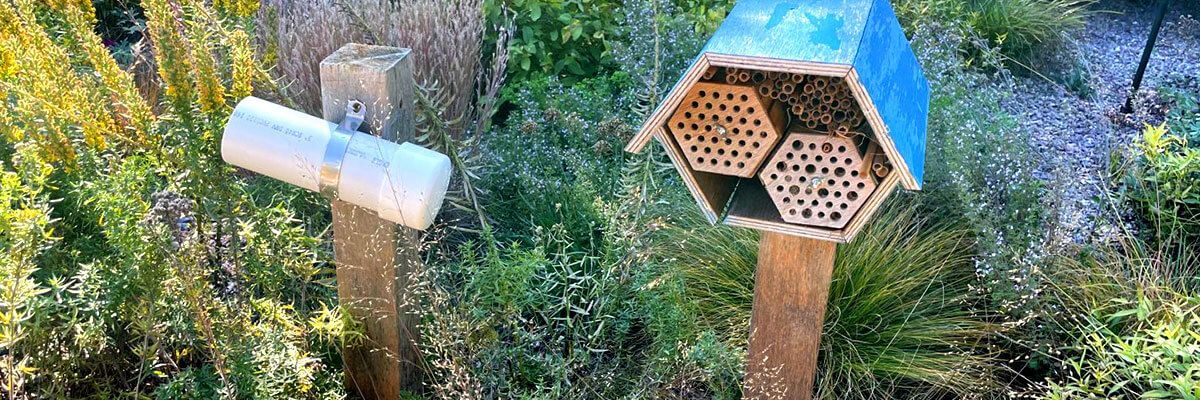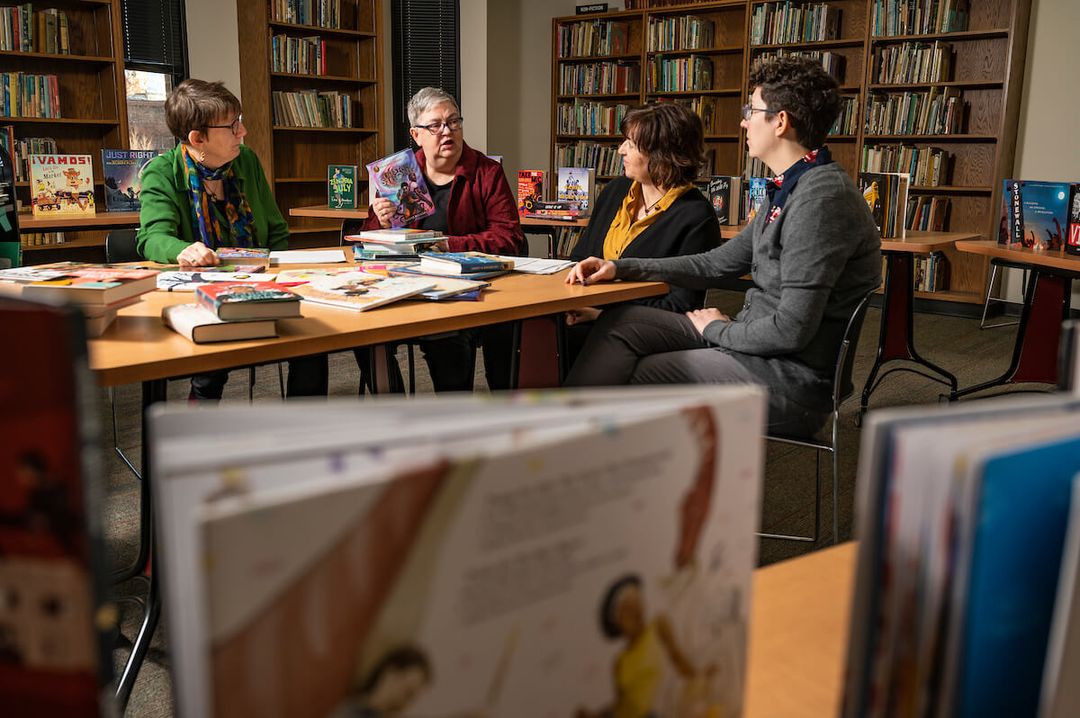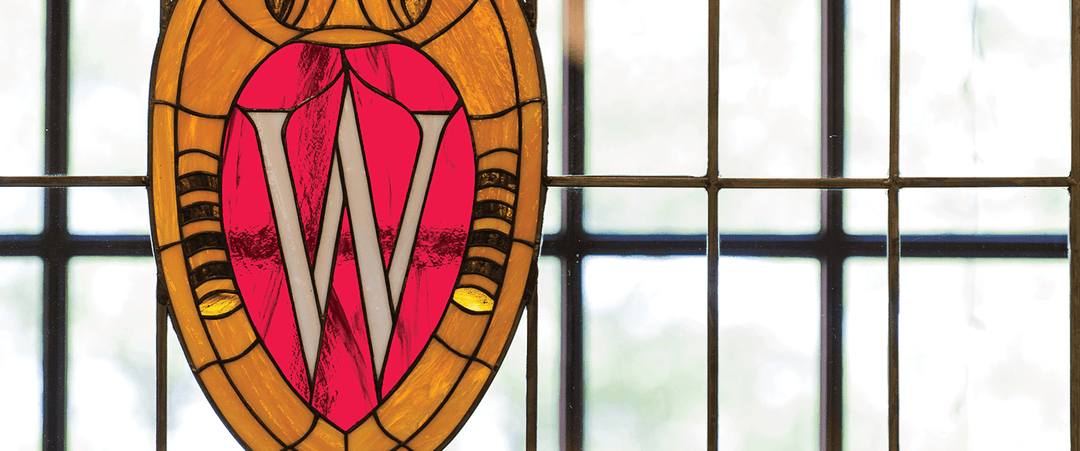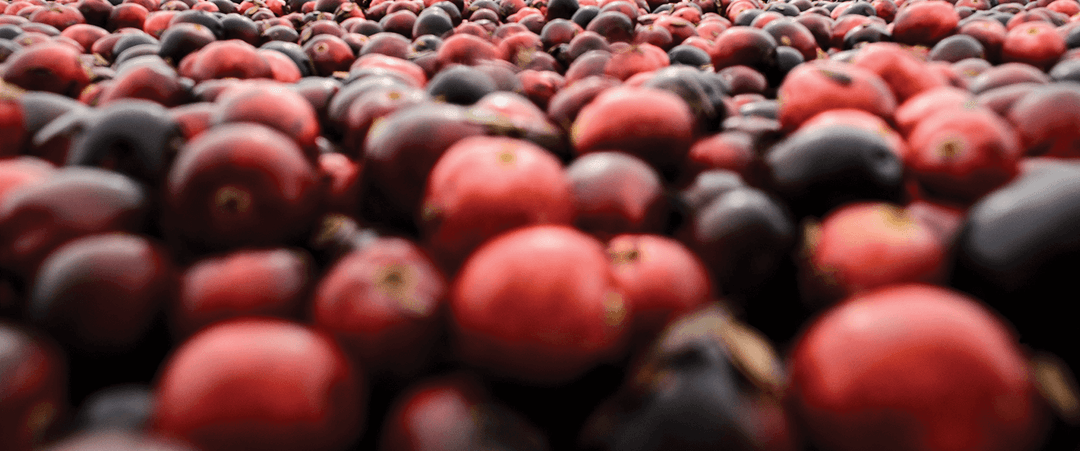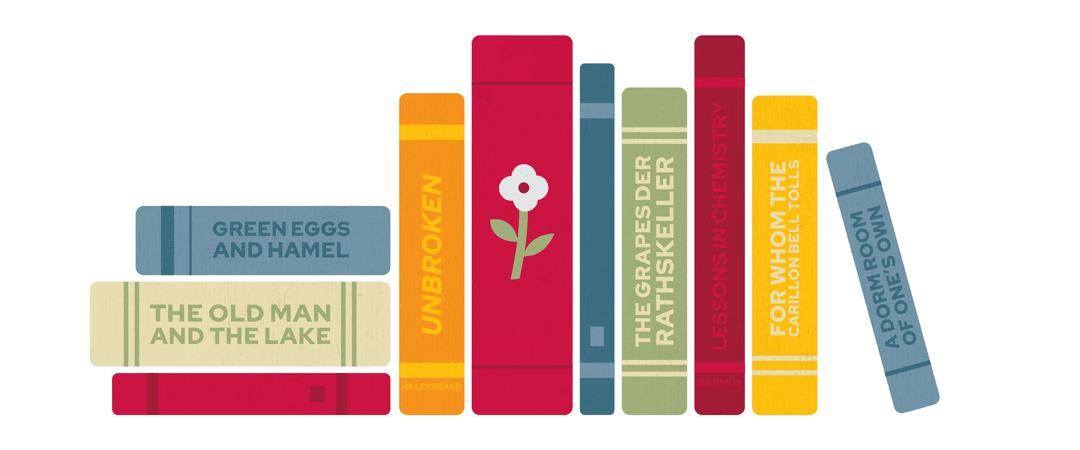Victoria Salerno MS’24, PhDx’29 has never met a bee she didn’t like. From fuzzy bumble bees to metallic-green sweat bees — and even the ominously named vulture bee — she sees beauty in them all. Through her work with the Bee Campus initiative and the Office of Sustainability, she’s helping turn UW–Madison’s campus into a pollinator paradise, one bee hotel at a time. These structures give hiveless, solitary bees a safe place to nest, lay eggs, and move on.
Typically made of wood, twine, and other natural materials, bee hotels can be customized to suit varied species. “Solitary bees really care about having a nest that matches their body size,” Salerno says. “A mason bee needs an eight-millimeter cavity, while a leafcutter bee prefers just six millimeters.” In urban environments, safe nesting spots are hard to come by, but bee hotels help fill that gap and support local populations.
They do require some seasonal upkeep, but they’re a simple, impactful way to start your conservation journey. Whether you’re planting wildflowers or building bee hotels, your actions can have a big impact on saving these tiny creatures. As Salerno puts it, “the best resource bees have is you.”
Here’s a tutorial to get you started.
